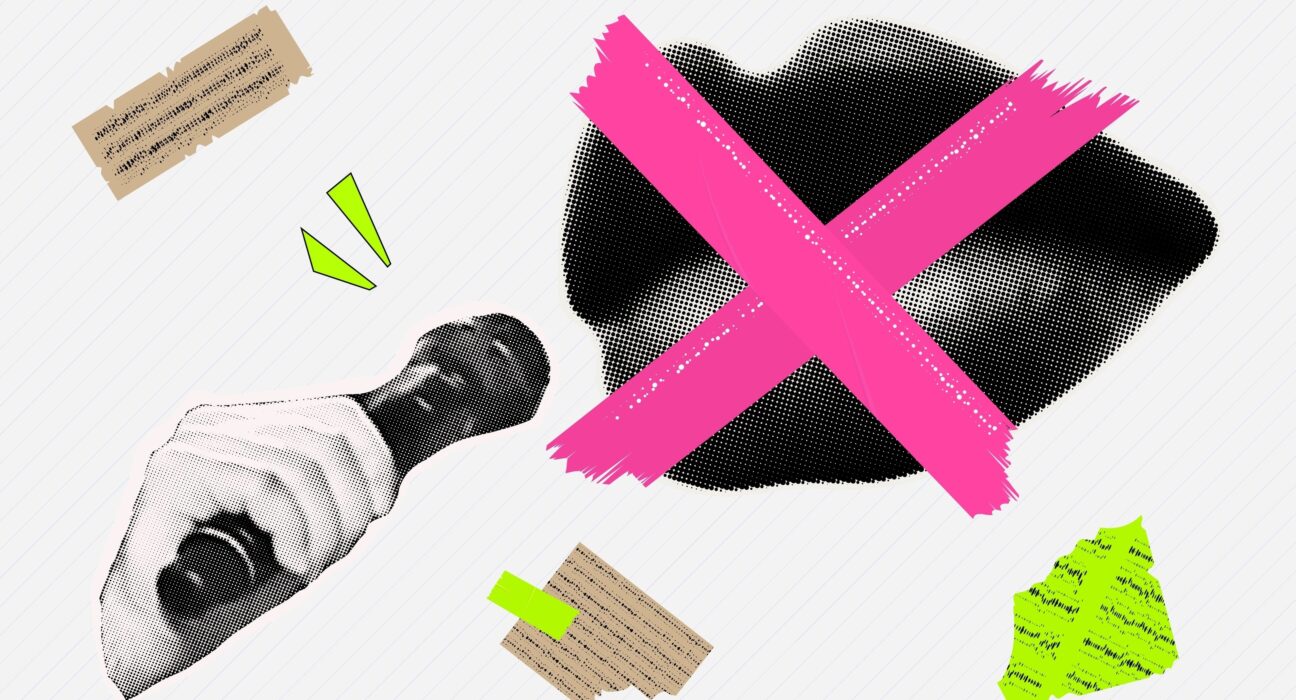As I wrote for ArtsHub earlier in October, Australia has only just emerged from some of the biggest challenges our current generation will hopefully ever face as practitioners. But has this meant that the status quo has been further pushed away from artists into the hands of the powers that be?
It’s journalists’ responsibility to uncover and talk about the uncomfortable truths, and at times this means standing alone and up to power. Sometimes this means weeks of work will never make it to publication.
The most recent example of this was across the past two months when I engaged with a broad number of artists, producers and former staff from one of Australia’s largest “open access” festivals. The issues were broad, complex and ranged from impacting artists’ ability to pay rent to their mental health.
Not one person was willing to speak on record. From personal experience I knew that these issues were not new and that next year I will likely find myself again trying to empower others to speak up alongside me.
Artists and producers who shared their experiences were clear in their reasons for not wanting to speak up. They were genuinely scared of being at risk of having their show settlements delayed. While others who have been successful in acquiring grants in the past feared that, if they spoke on record, they would have a black mark against their name on any further applications.
In the context of a single festival, which manages hundreds of shows and thousands of artists each year, their concerns are valid. There is no “independent” authority overlooking these decisions; this is cultural gatekeeping at its worst.
A casualised workforce has seen festival staff placed on short fixed-term contracts and was cited as the biggest barrier for former employees wanting to speak on the record. They feared they would be struck from the list of future opportunities should they speak up. In addition, many artists wished to draw attention to the fact that, from their experience, it was clear festival staff were overworked and that many interpersonal relationships were frayed.
When we are talking about one of our country’s largest open access festivals with these concerns, what hope is there? Do these issues, which are neither small nor isolated, point to deeper and much wider spread problems across the broader creative industries?
In July, I reported on the industrial action taken by dancers at The Australian Ballet after nine months of negotiations with company management had again stalled. After being offered only a 1% wage increase, company dancers were instead standing up and asking for a pay rise equal to that of inflation and one that would match rising costs of living. One dancer had been couch-surfing and house-sitting during this period, moving eight times in three months with two suitcases.
The piece came together in several weeks, and entailed a number of phone calls and emails to the MEAA (Media, Entertainment and Arts Alliance) and company dancers. Only one person spoke on the promise of anonymity, fearing they would lose work if they spoke out publicly.
‘We feel undervalued by the company and ultimately feel disheartened by management’s conduct,’ they said to ArtsHub at the time.
The parallel of issues raised between the open access festival in question and one of our most elite arts companies are strikingly clear.
Through my work this year, I have been confronted by the very extremes of the housing crisis, rising costs of living and how it is affecting Australian creatives.
In April, I interviewed Aerial Manx – an internationally renowned performer, sword-swallower and three times Guinness World Record Holder. Unable to secure suitable housing, Manx had been living in a makeshift dwelling in the Melbourne CBD for three months.
A few days after speaking with ArtsHub, the story was picked up by the ABC. In response to the media’s attention, Victoria Police demolished Manx’s dwelling and he was issued with formal “move on” orders.
Read: Arts with law: a complementary and powerful combination
How can we expect artists to stand up, let alone create work that is radical and challenges the status quo, when they feel so compelled to simply toe the line in order to survive and manage the bare minimum of paying rent and bills, and affording groceries each week?
No matter where, artists and arts workers are faced with the same pressures as others are in Australia. With record low rental vacancy rates and skyrocketing costs of living, it could be interpreted that these factors are effectively being used to silence those that dare speak up. But surely not, right?
How in this climate, do journalists tread – particularly those of us whose work stretches into different facets of the creative industries – without fear of repercussion? Is it not already dangerous enough territory that this very question should be posed? As a journalist this year, I too have become a target for simply having spoken truths that others do not want to hear.
We need deep radical shifts of perspective when it comes to the way our industries operate. To do so, we as a country need to urgently redress this culture of fear that favours the loudest voices, when those who, out of need or circumstance, are the quietest, continue to suffer.
The time for this change is now.
This article is published under the Amplify Collective, an initiative supported by The Walkley Foundation and made possible through funding from the Meta Australian News Fund.

